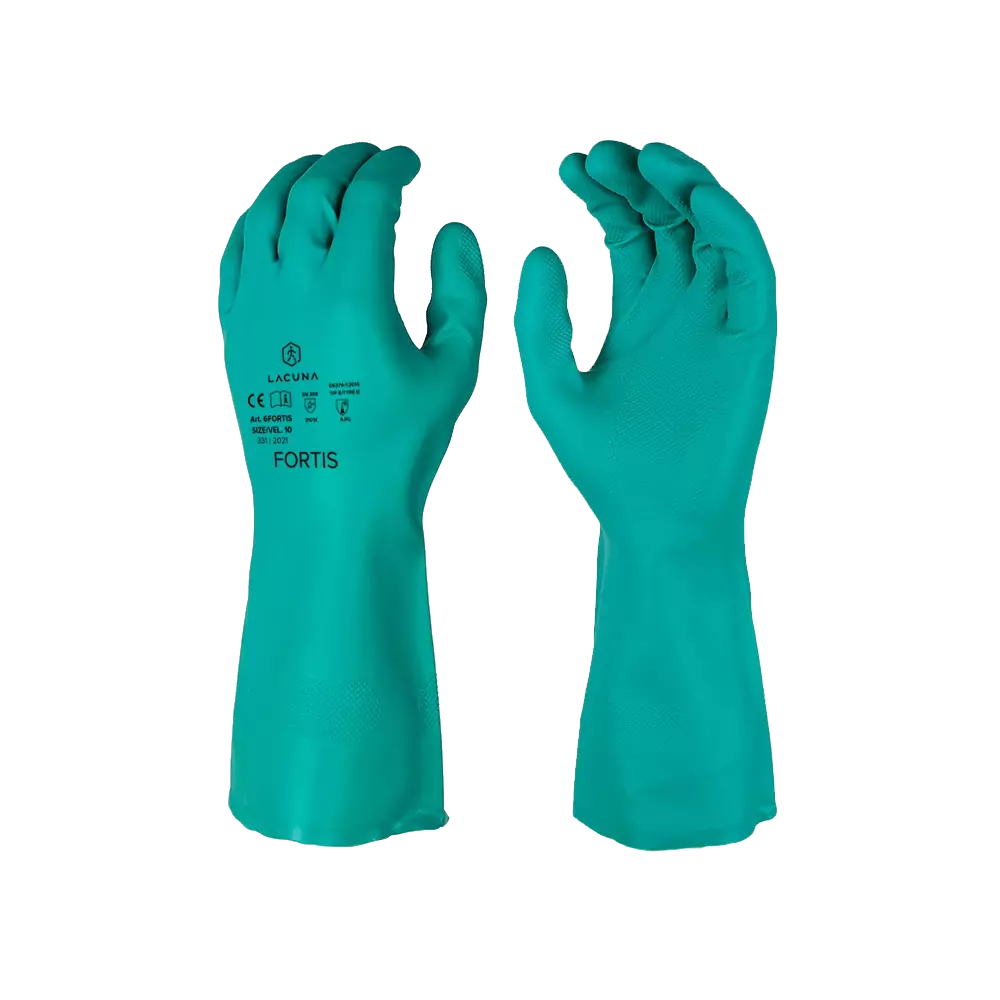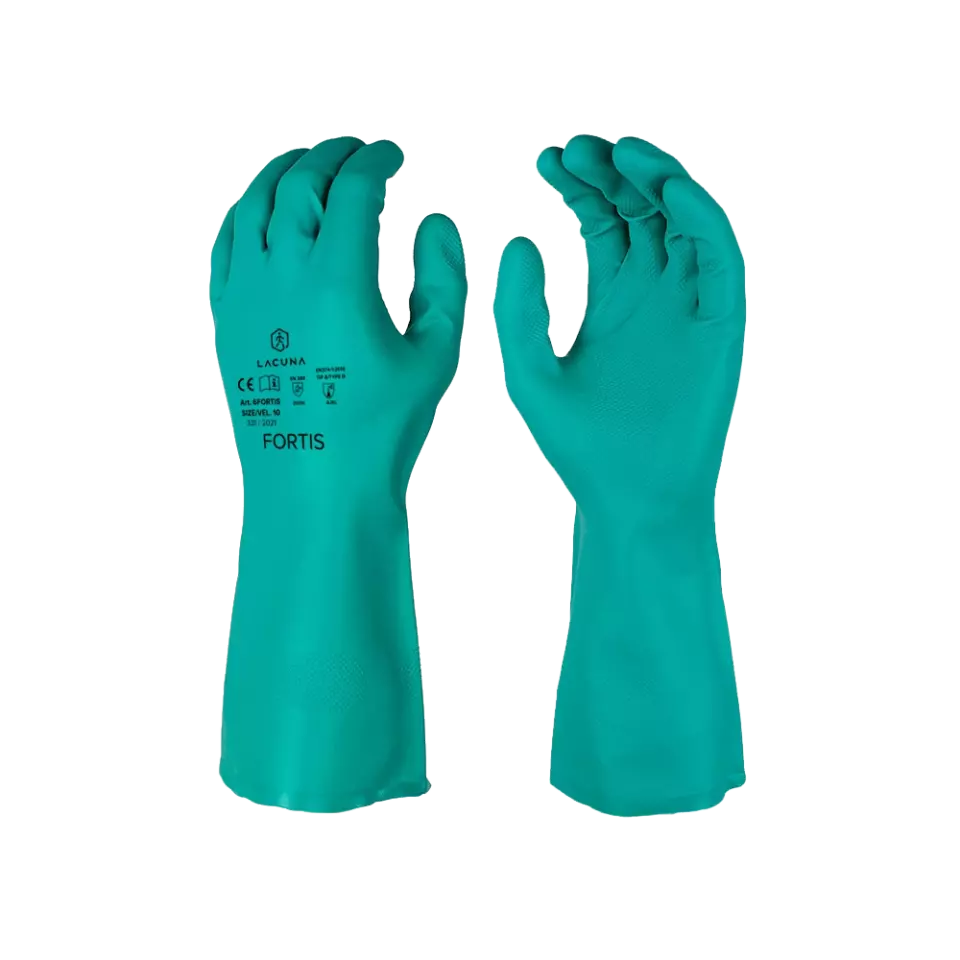
Features You'll Love

Cuff Style · Open
Glove Features · Extra Long
Determines how the glove secures around the wrist, affecting fit, protection from debris, and ease of putting gloves on and taking them off.
Extended cuff provides superior forearm protection from splashes, chemicals, and abrasions, keeping you safer and more confident.

EN 388 · Abrasion Resistance Level 3, Puncture Resistance Level 1, Tear Resistance Level 0
Provides good resistance against scraping, scratching, and rubbing on rough or abrasive surfaces.
Provides basic protection against punctures from blunt objects like splinters, not sharp points like needles.
Offers no rated protection against the material tearing apart.
33,99 €
Price per 12 pairs
2,83 € / pair
Choose size
Shipping fee is 7,95 € for orders under 80,00 €
Features You'll Love

Cuff Style · Open
Glove Features · Extra Long
Determines how the glove secures around the wrist, affecting fit, protection from debris, and ease of putting gloves on and taking them off.
Extended cuff provides superior forearm protection from splashes, chemicals, and abrasions, keeping you safer and more confident.

EN 388 · Abrasion Resistance Level 3, Puncture Resistance Level 1, Tear Resistance Level 0
Provides good resistance against scraping, scratching, and rubbing on rough or abrasive surfaces.
Provides basic protection against punctures from blunt objects like splinters, not sharp points like needles.
Offers no rated protection against the material tearing apart.
Product description
Description: Chemical resistant nitrile glove
Material: Cotton with nytril coating
Lenght: 32 cm
Standard: EN 420, EN388 (3101X), EN374-1: 2016, TYPE B (AJKL), EN374-5: 2016
Avaiable sizes: 07-11
Packaging indiviDualy pack in polybag
Barcode: 3856024215510
Unite of measure: pair
Packaging/minimum order quantity: 12
Full box quantity: 120